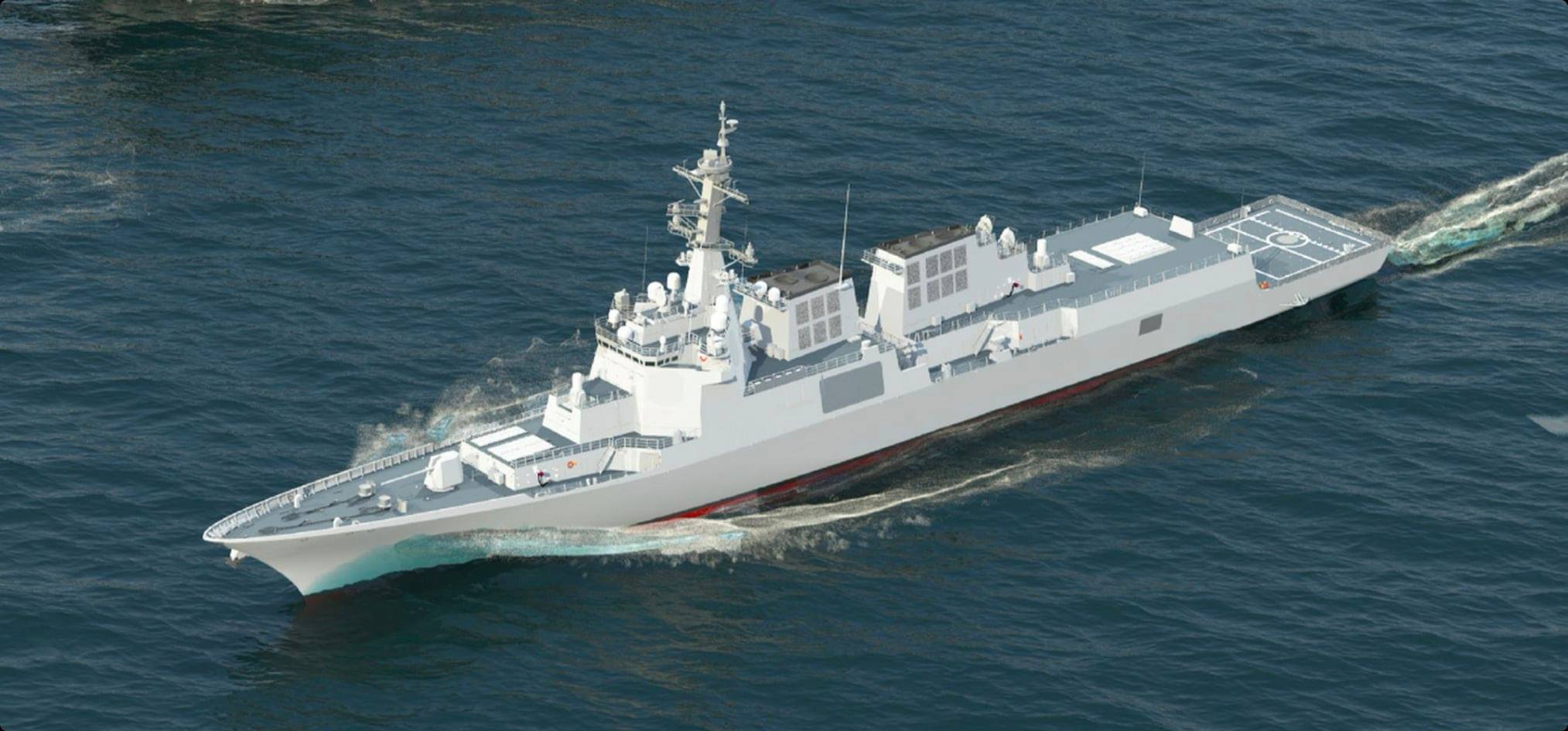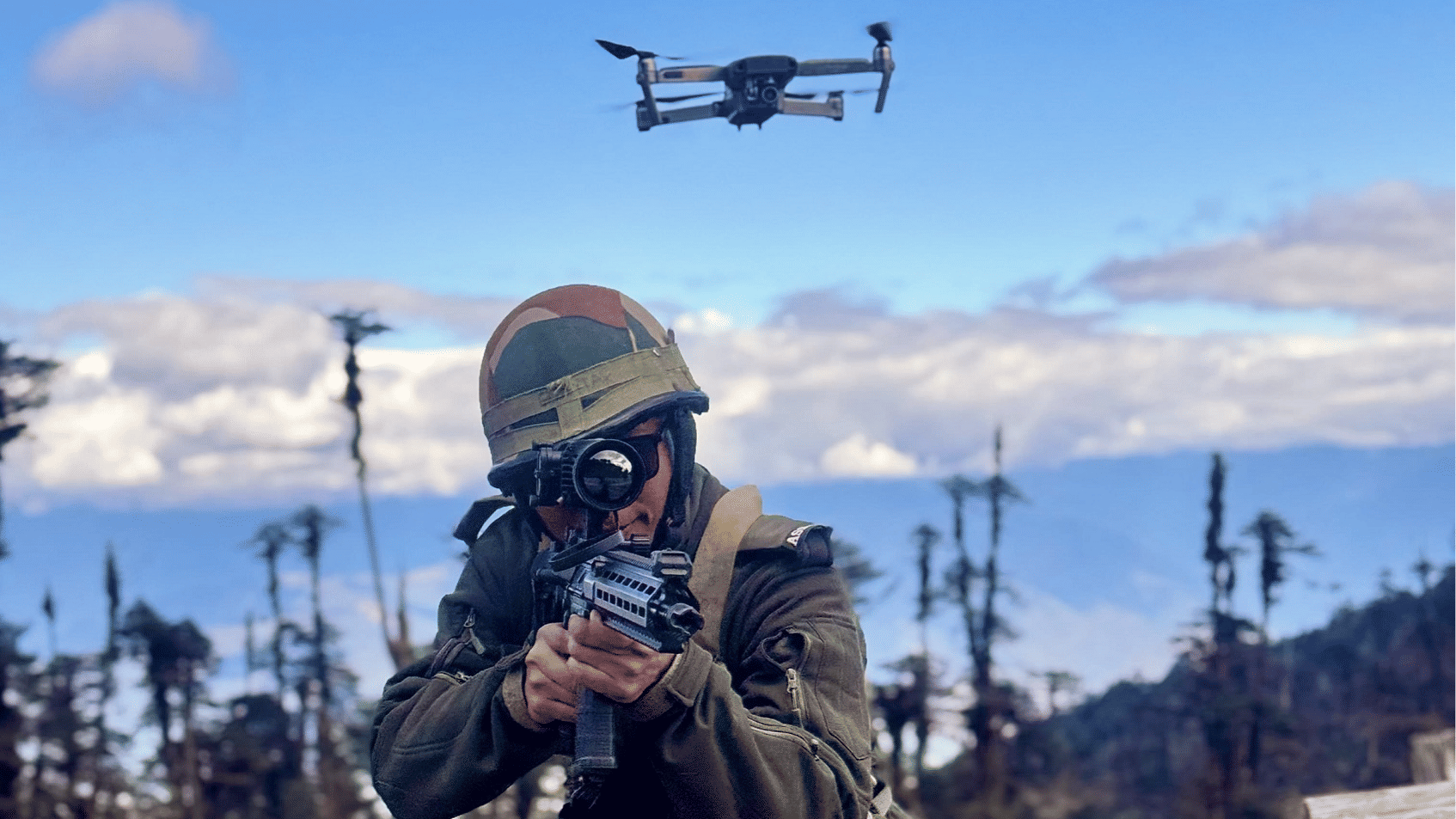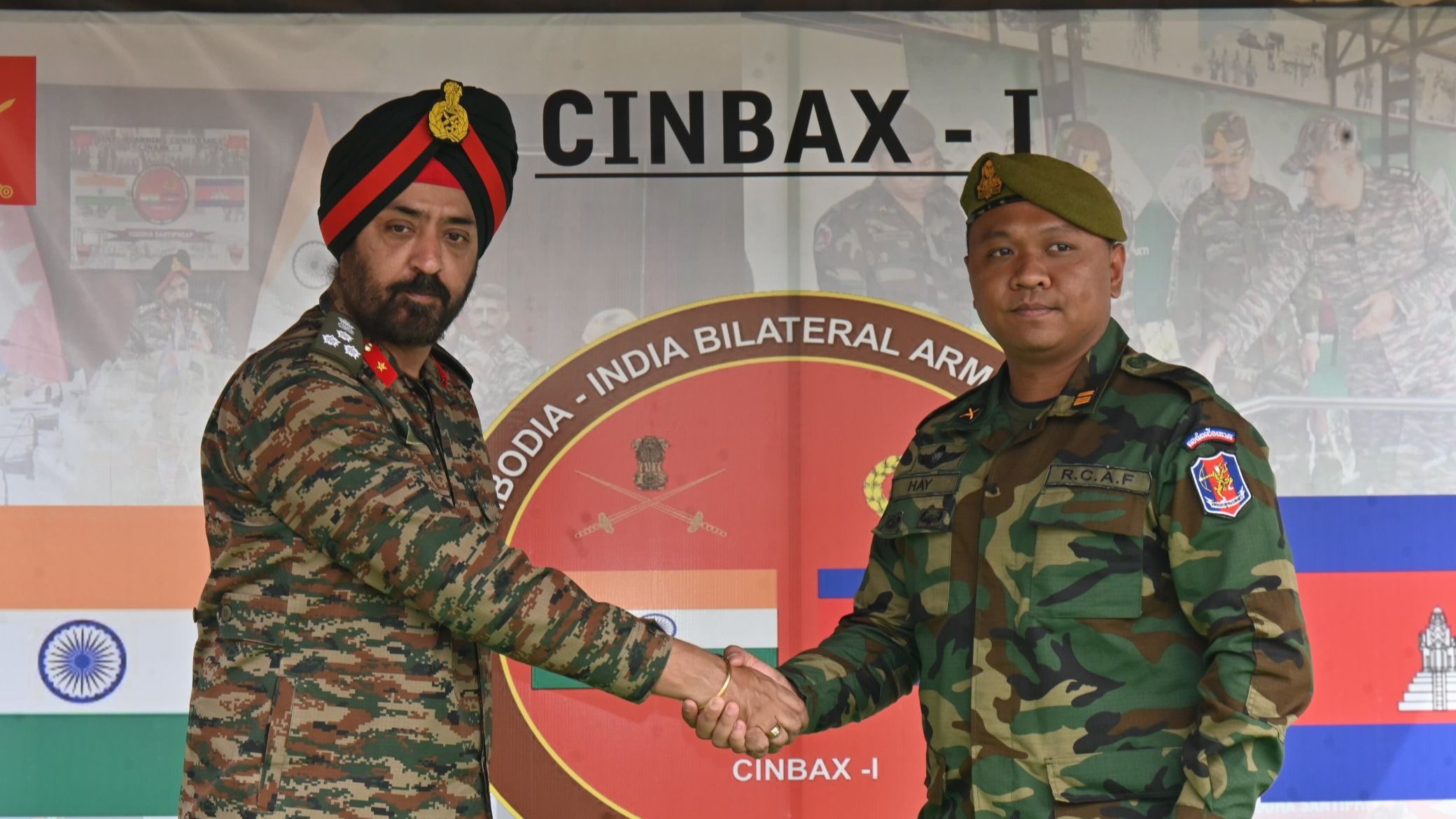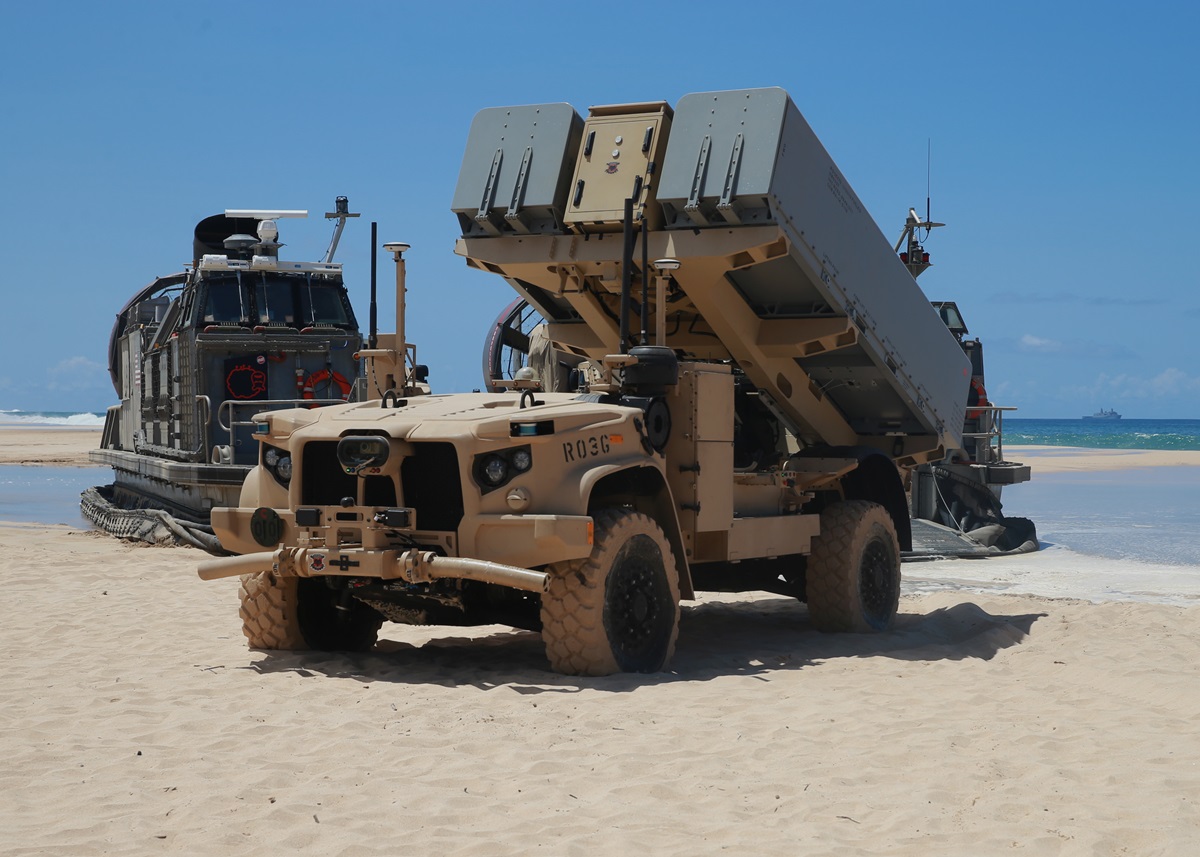ROK Navy Receives Delivery of New Aegis Destroyer ‘Jeongjo the Great’
The Republic of Korea Navy has officially received its latest 8,200-ton Aegis destroyer, named “Jeongjo the Great,” from HD Hyundai…
Indian Army Showcases Indigenous Drone Innovations at Exercise Poorvi Prahar
Kolkata, India - In a significant demonstration of the Indian Army's commitment to self-reliance and technological advancement, the Eastern Command’s…
Indian and Cambodian Armies Launch First-Ever Joint Tabletop Exercise CINBAX in Pune
Pune, India - The Indian Army and the Cambodian Army have embarked on a historic joint tabletop exercise named CINBAX…
US Marines Receive NMESIS Anti-Ship Missile System to Enhance Sea Denial Capabilities
The 3rd Marine Littoral Regiment (MLR) proudly welcomed the Navy-Marine Expeditionary Ship Interdiction System (NMESIS) during a ceremony held at…
Indian Navy to Hold Operational Demo at RK Beach on January 4, 2025
In a significant update regarding the Indian Navy's operational demonstrations, Vice Admiral Rajesh Pendharkar, Flag Officer Commanding-in-Chief of the Eastern…
Puri Implements Vehicle Restrictions Ahead of First Navy Day Celebrations on Odisha Coast
Puri has implemented vehicle movement restrictions in anticipation of the upcoming Navy Day celebrations on December 4, 2024, scheduled to…

